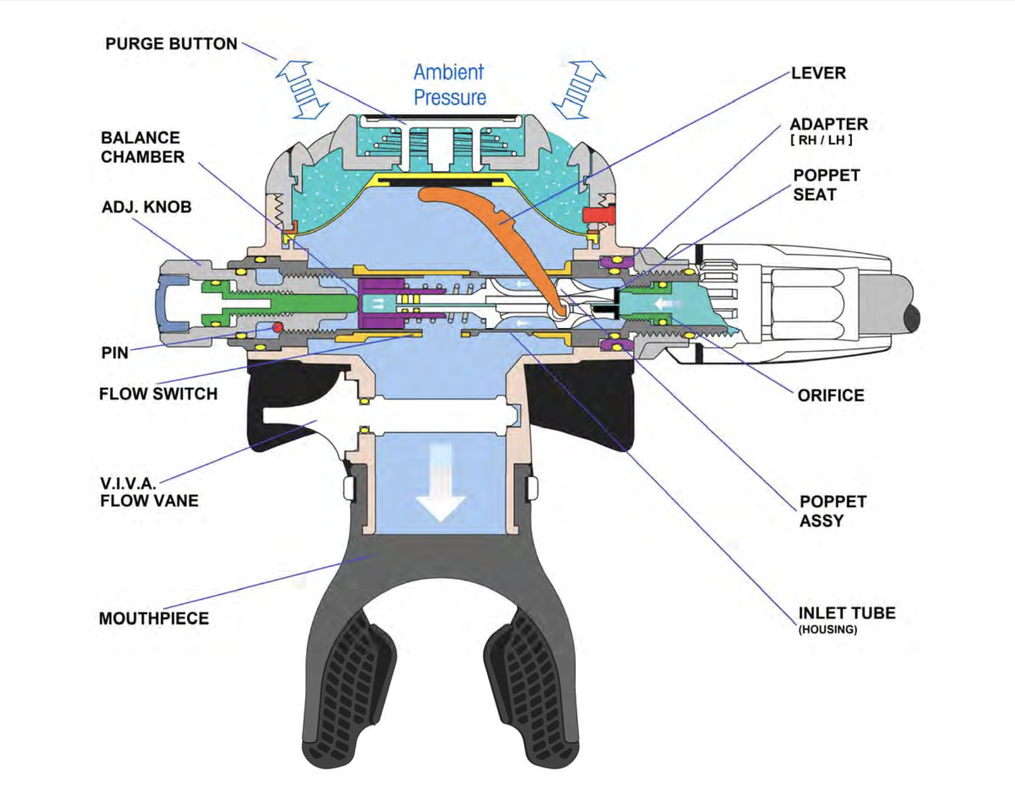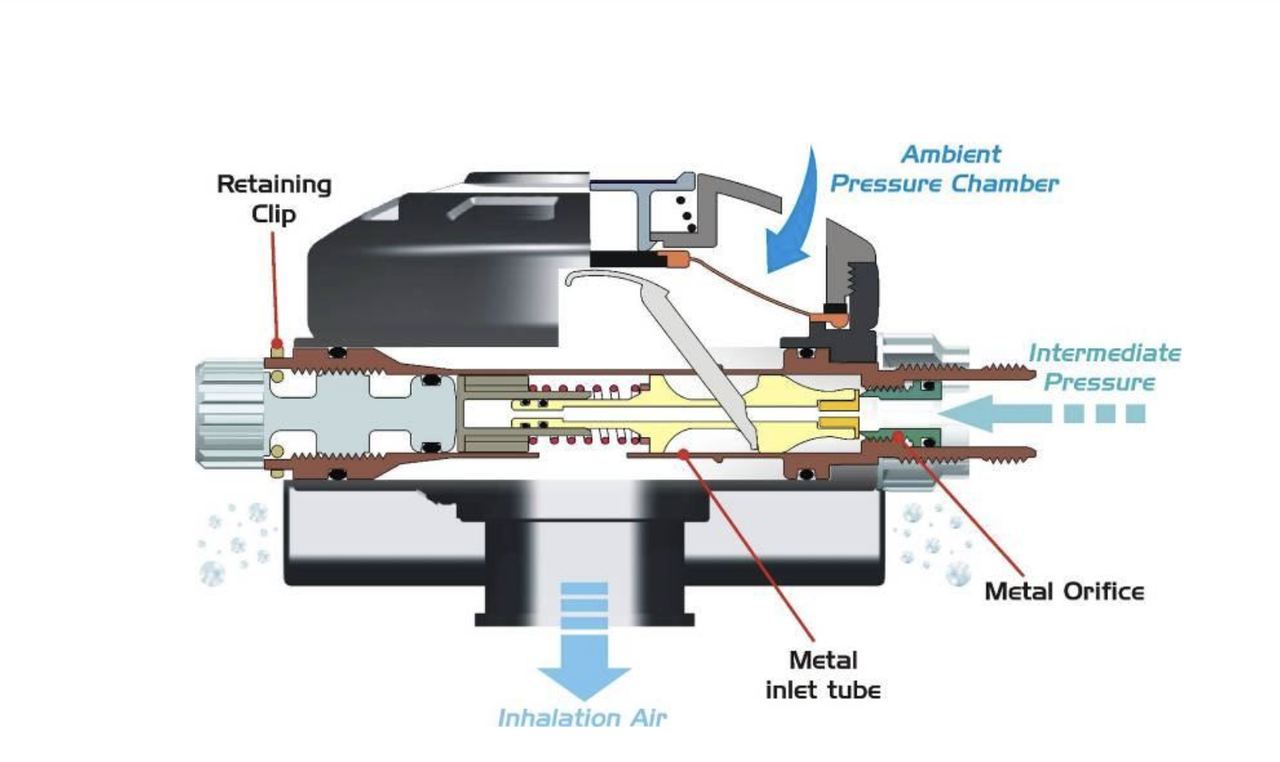I don't quite follow why tuning is different between them. Is it because you need a hex for the balance chamber course adjust on the 260?
You are not thinking about this adjustment correctly. The Micro-Adjust is not a course adjustment, it is a micro-adjustment. It adjusts the spring tension which cannot be done on a G250/G250V. The only way to adjust spring tension on those is to try different springs until the perfect one that suits you is found. With the Micro-Adjust the lever is set with the orifice as always and then the spring tension can be adjusted to get the cracking effort where you want it.
The G260 service manaul has a redundant and counter productive series of steps having you readjust the orifice after adjusting the Micro-Adjust. This is, well, essentially WRONG!
Regardless of what Scubapro says (referring to the G260 manual), and very abbreviated here:
1. Set the Micro-Adjust to have a
2mm protrusion and install
2. Set the orifice to get lever height
3. Cycle the regulator as needed to let the LP seat take a set
4. Readjust the orifice until there is a slight leak with the knob full out (Micro-Adjust set with 2mm protrusion)
5. Turn the orifice in 1/16 turn increments until the leak stops (or some let it very slightly leak if about 1/2 turn on the knob will stop it)
Note: The cracking force should be in acceptable specs now but might be on the high side of specification
6. Fine tune adjust cracking force now with the Micro-Adjust (or if a G250 go looking in your box for another spring

)
Note: The 2mm setting is important. That is your neutral setting and any adjustments should be made from that neutral position. The 2mm protrusion results in what you would have if there was no Micro-Adjust feature.
Edit to add. When you take your new Scubapro regulator equipped with Micro-Adjust out of it's environmentally friendly recycled cardboard packing that Micro-Adjust is going to be set to 2mm, I betcha. And the regulator is going to breath like cow dung.

Am I saying that by default then the G250V breaths like cow dung compared to a well set up G260

? Not going there, ha! Did they ship them with assorted springs and shims? Do you feel lucky?





 ? Not going there, ha! Did they ship them with assorted springs and shims? Do you feel lucky?
? Not going there, ha! Did they ship them with assorted springs and shims? Do you feel lucky?